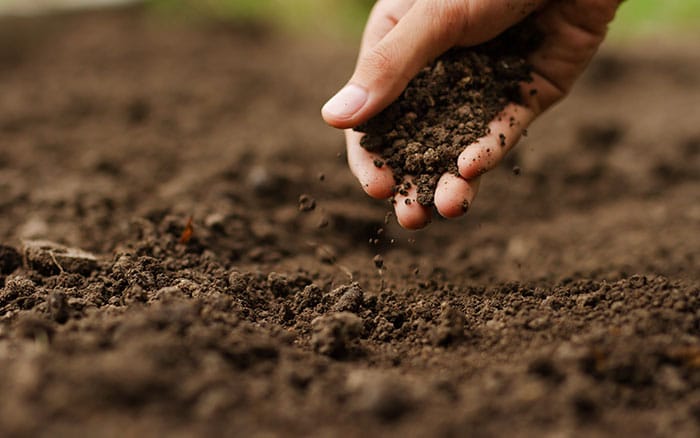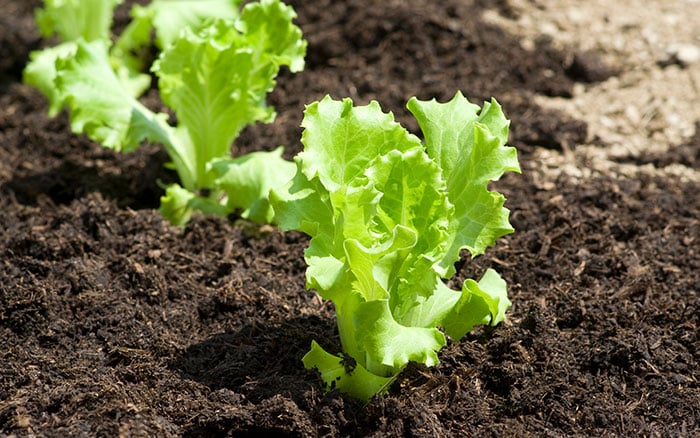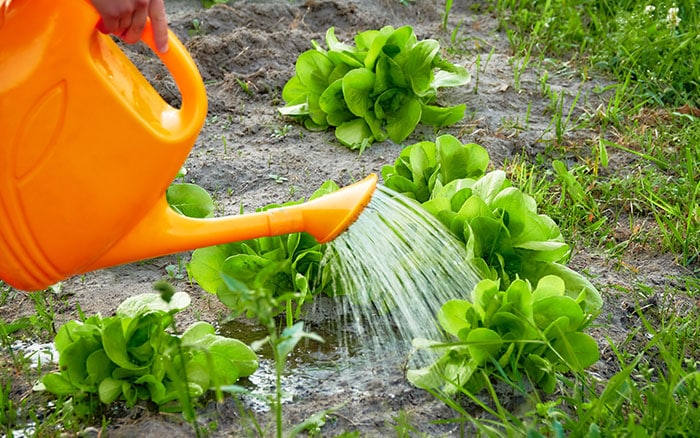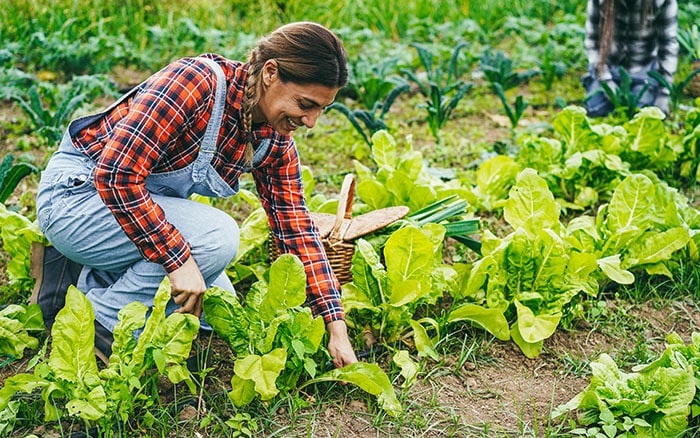How to sow and grow lettuce UK
None of us want to be slaving over a hot stove when the sun’s out. The perfect solution? Salad! So, why not give growing lettuce a go in your school or community garden? Salad season is officially upon us!

When it comes to the crunch, growing your own lettuce is easy, cheaper, and far tastier than buying a wilting bag from the shop. Plus, there’s a huge variety to choose from, of all shapes, sizes, colours, and tastes. There’ll be something for everyone! Here are some we recommend:
- ‘Little Gem’ – classic mini cos type, sweet and crunchy, they make a great neutral base for a delicious salad dressing.
- ‘Mortarella’ – Romaine type, with attractive rich green leaves.
- ‘Mascara’ – frilled oak-leaf-shaped leaves, with a deep red colour.
Is lettuce good for you?
- A brilliant source of Vitamin K, which helps to strengthen bones, and enough of it can actually help reduce risks of bone fractures.
- It's great for hydration, it’s hardly surprising, as water makes up over 95% of raw lettuce.
- It’s good for your eyesight! Lettuce is full of Vitamin A, which plays a vital role in eye health. Vitamin A reduces a person’s risk of cataracts and helps to prevent macular degeneration.
How do you grow lettuce?
1. Prepare the ground.

Lettuce is a great veg to get growing in raised beds, but you can also sow straight into the ground. Prepare your soil by digging in lots of well-rotted compost. This helps to prevent the lettuce from bolting or running to see in hot or dry weather.
Sow your seeds along a moist drill, around 1cm deep. Then, recover the seeds with a thin layer of soil or vermiculite. Make sure to leave around 30cm between rows.
2. Get thinning.

Once the seedlings are big enough to handle, thin them out until they’re around 10-20cm apart. You can use the thinnings in your salad! Then, water along the row to resettle the soil around the roots of the remaining plants.
If you’d like a steady supply of lettuces, sow seeds every 14 days from March to September.
3. Show them some love.

Lettuce needs moist soil, so don’t let it dry out! Especially if the weather is hot, or the crop will bolt. Mulch the area around your lettuce to make sure you seal in the moisture. Make sure you weed regularly.
Lettuce is also a slug and snail magnet, so make sure to protect your younger plants. Find out how here.
4. Harvest time.

You can start picking baby loose-leaf lettuces at six weeks, but for hearting types, wait until 10 weeks have passed. You know whole lettuces are ready to harvest when a firm heart has formed. For these, simply cut through the stem, leaving a stump of about 2.5cm.
And, when you’re harvesting in the summer, you might notice your lettuce’s succulence varies throughout the day. The best time to harvest is early morning before the leaves have time to be dehydrated by the sun!
Where and how do you store Lettuce?
Lettuce is best eaten as soon as it's harvested, as the leaves quickly go limp, particularly in hot weather! If necessary, place individual leaves straight into the water to prevent wilting.
If you can't handle a whole lettuce in one (and we don’t blame you), simply store your leaves in the salad drawer, in the bottom of your fridge.
Lettuce is the basis of most great salads. And the best thing about it? It's super versatile. The chances are, you and your school community don't share the same taste in everything, so why not grow a few varieties, and create different salads, for everyone to enjoy?

